In today's senior living communities, such as RI assisted living, fitness programs are essential for enhancing overall well-being. These sessions improve mobility, cognitive function, social interaction, and safety while addressing seniors' unique medical needs. This article outlines the key benefits, available program types, and how exercises are tailored to specific health conditions, helping readers understand the importance of these initiatives and choose the best program for their needs.
Key Takeaways
- Fitness programs improve mobility, cognition, and social interaction.
- Options like chair yoga and water aerobics cater to different abilities.
- Safety measures and assessments adapt sessions for specific health conditions.
- Proper equipment and professional guidance ensure secure workouts.
- Tailored routines address conditions such as arthritis, dementia, and osteoporosis.
What Are the Key Benefits of Fitness Programs in Assisted Living?
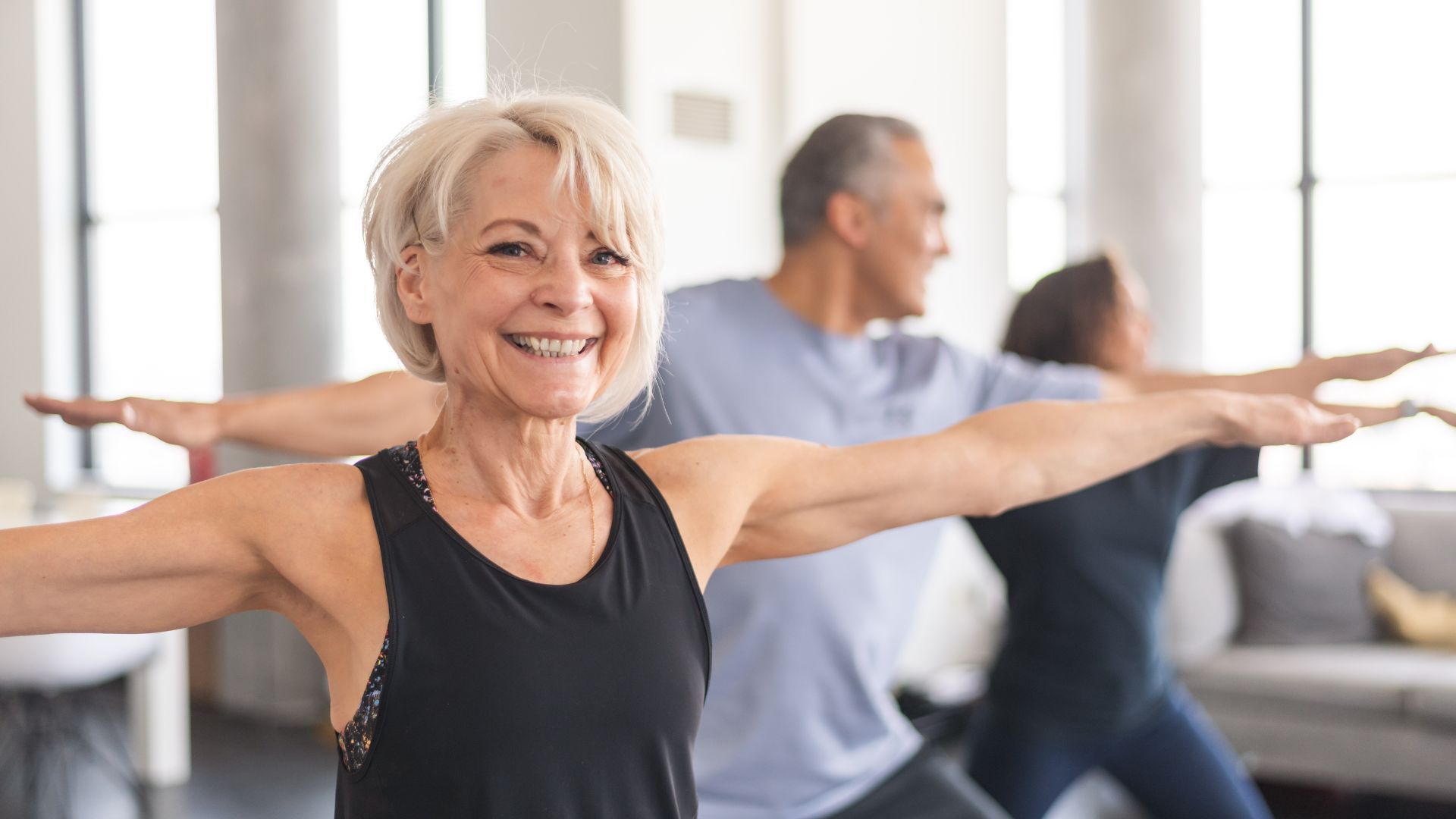
These programs boost physical mobility by enhancing strength, flexibility, balance, and endurance. Regular movement reduces joint stiffness and muscle loss, helping seniors maintain independence. Exercise increases blood flow and supports brain health, which can ease symptoms of dementia and stress. Group sessions also foster social connections, easing loneliness and promoting teamwork. Additionally, balance training lowers fall risks, making daily activities safer.
How Do Fitness Programs Improve Mobility for Seniors?
Targeted strength training, flexibility routines, and aerobic workouts all help improve mobility. Simple exercises like seated leg lifts and gentle stretching increase joint lubrication and muscle tone. By incorporating balance and low-intensity workouts, seniors can move more easily and reduce the risk of falls, thereby regaining confidence in their daily activities.
What Cognitive Benefits Can Seniors Gain From Assisted Living Exercise?
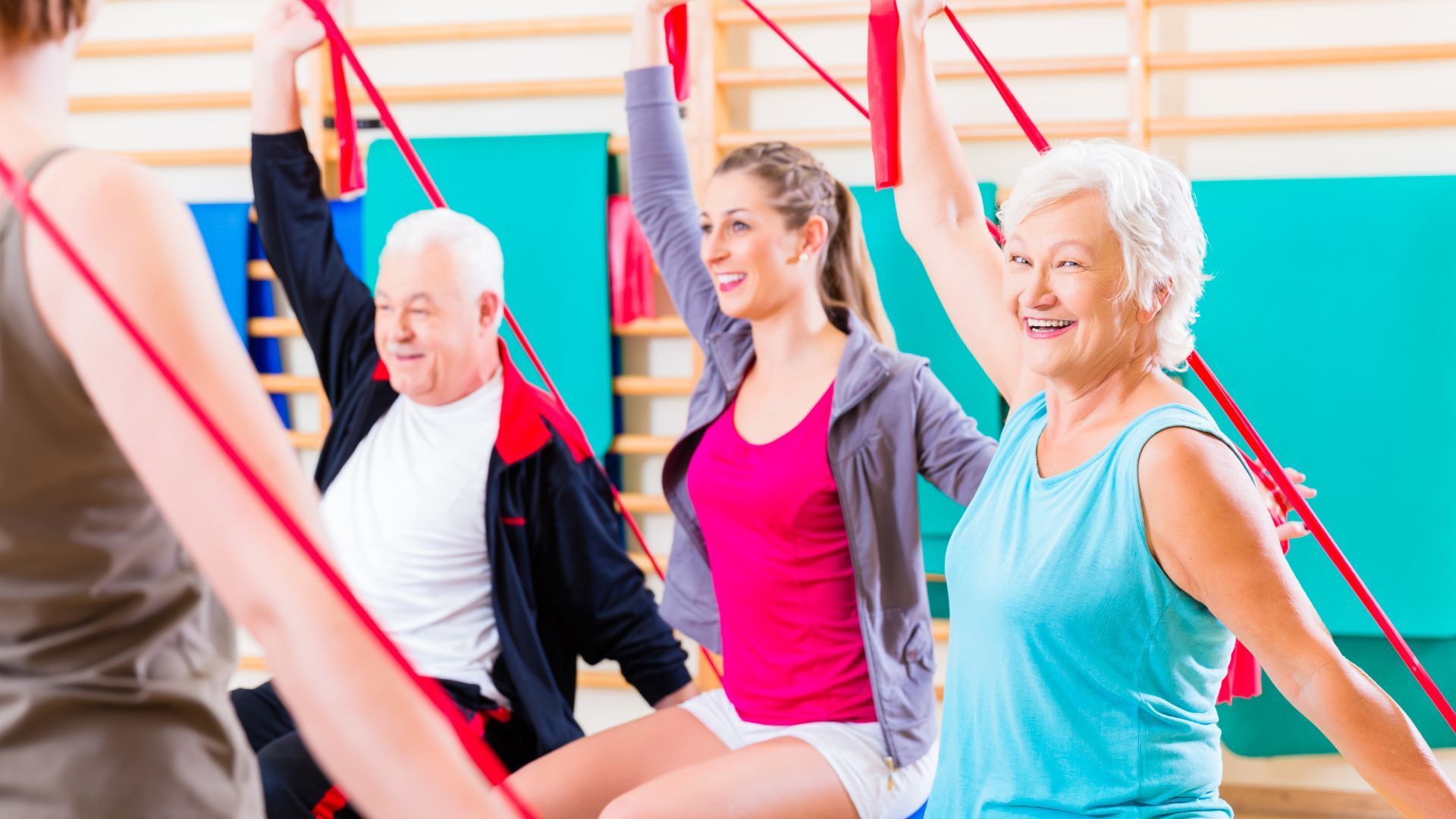
Exercise benefits the brain by increasing oxygen flow, which promotes the creation of new brain cells and supports memory. Activities such as chair yoga and tai chi enhance concentration and problem-solving skills. Group workouts further stimulate mental function by providing social interaction, reducing the risk of depression, and cognitive decline.
How Do Fitness Programs Promote Social Engagement Among Residents?
Group exercise classes like water aerobics, tai chi, or balance training naturally create social environments. These sessions enable residents to connect, share experiences, and build supportive networks. Enhanced social interaction contributes to better mood and lower stress, which is crucial for overall mental health in assisted living communities.
How Do Fitness Programs Help Reduce Fall Risks?

By focusing on balance, core strength, and coordination, fitness programs effectively reduce fall risks. Exercises are designed to improve stability and help seniors regain balance quickly if they stumble. Many sessions incorporate fall prevention strategies and modify intensity to suit each resident’s abilities, making movement safer and boosting confidence.
What Types of Fitness Programs Are Offered in Assisted Living Facilities?
Assisted living centers provide a variety of fitness options ranging from low-impact aerobic sessions to strength training routines. Popular programs include:
- Chair Yoga: Adapted for limited mobility.
- Strength Training: Uses light weights and resistance bands.
- Water Aerobics: Low-impact sessions that reduce joint stress.
- Tai Chi and Balance Exercises: Focused on stability and coordination.
These programs are scheduled throughout the week and led by certified professionals using adaptive equipment and individualized assessments.
What Is Chair Yoga and How Does It Benefit Seniors?
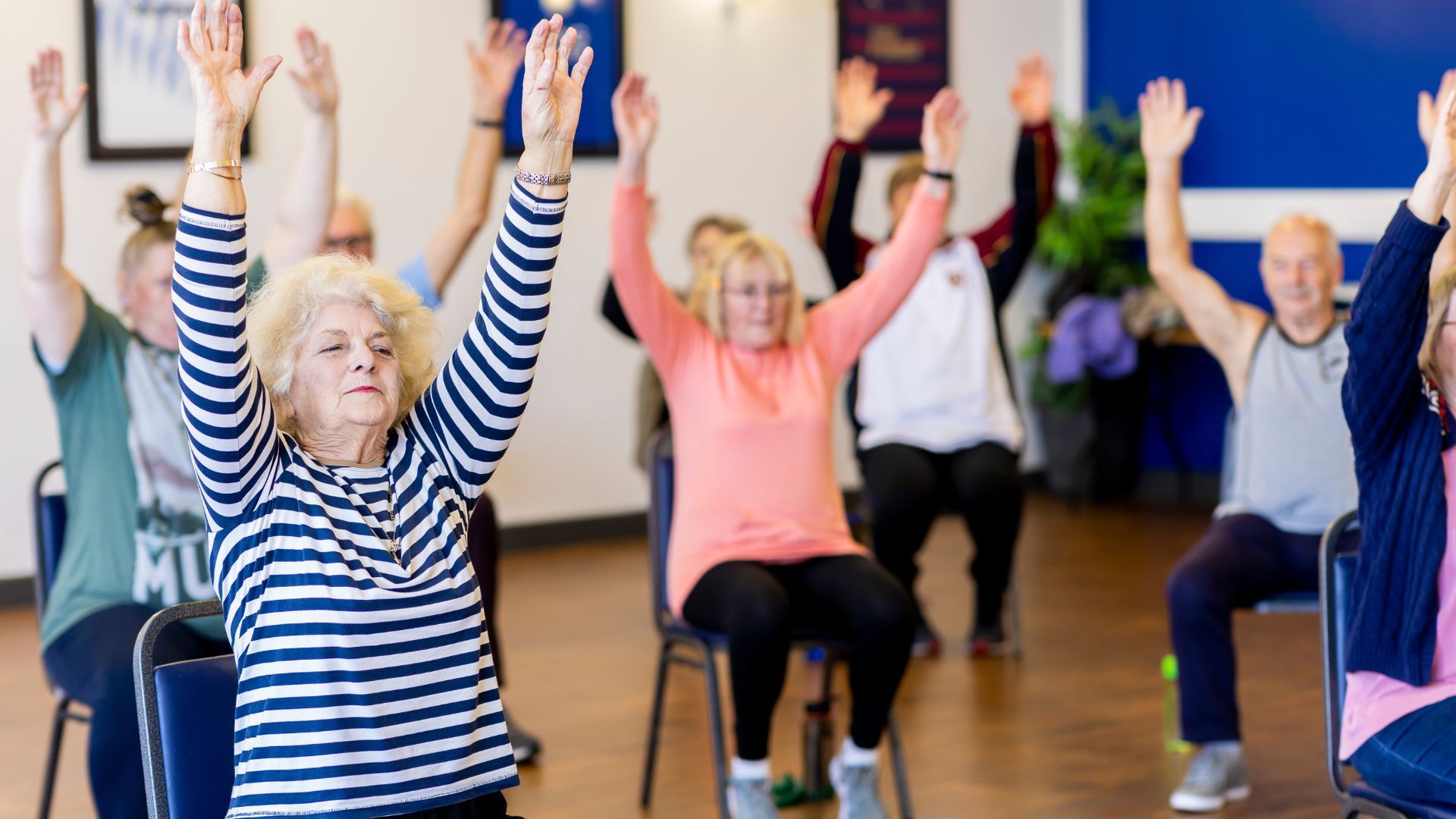
Chair yoga offers a gentle alternative to traditional yoga, performed while seated or with chair support. It emphasizes stretching, mindful breathing, and relaxation, which can reduce joint stiffness and stress. Regular practice improves balance and flexibility while also calming the mind, making it ideal for seniors with limited mobility.
How Does Strength Training Support Senior Health in Assisted Living?
Strength training combats muscle loss due to aging and promotes better blood sugar control and joint health. By using bodyweight exercises, resistance bands, and light weights, seniors build muscle mass, enhance bone density, and improve metabolic function. Tailored routines ensure that exercises match each resident’s physical capacity, contributing significantly to daily independence.
What Are Balance Exercises and Why Are They Important?
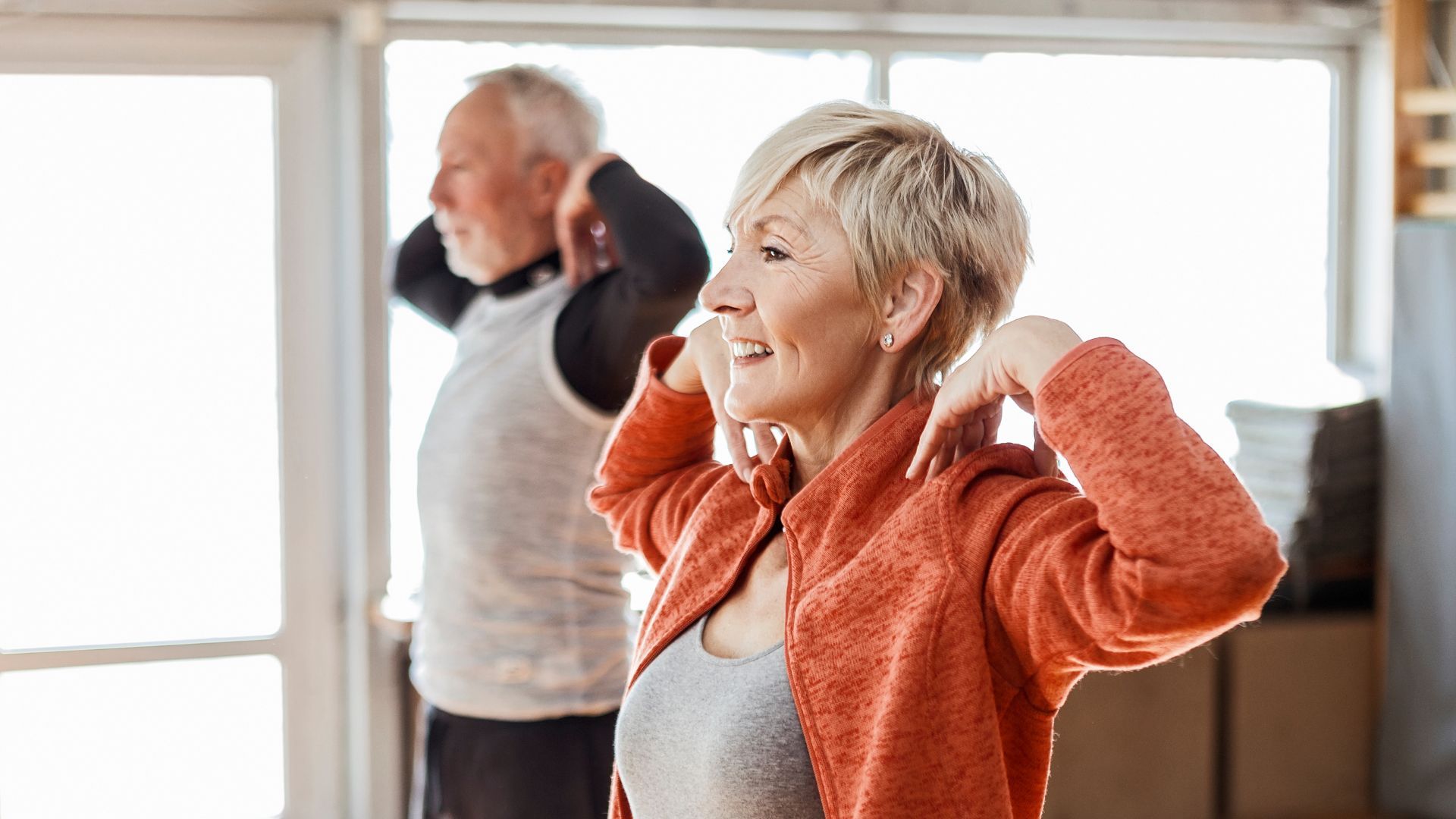
Balance exercises, including standing on one leg and heel-to-toe walking, help improve coordination and core stability. Regular practice enhances sensory-motor integration and boosts confidence. Improved balance reduces the risk of falls and allows seniors to perform everyday tasks with greater ease and security.
How Do Water Aerobics and Tai Chi Enhance Senior Fitness?
Water aerobics provides a buoyant environment that lessens joint pressure while offering resistance for strength and cardiovascular health. Tai chi involves slow, controlled movements that improve balance and focus. Both exercises enhance circulation and reduce inflammation, while also offering social benefits through group participation.
How Is Safety Ensured in Assisted Living Fitness Programs?
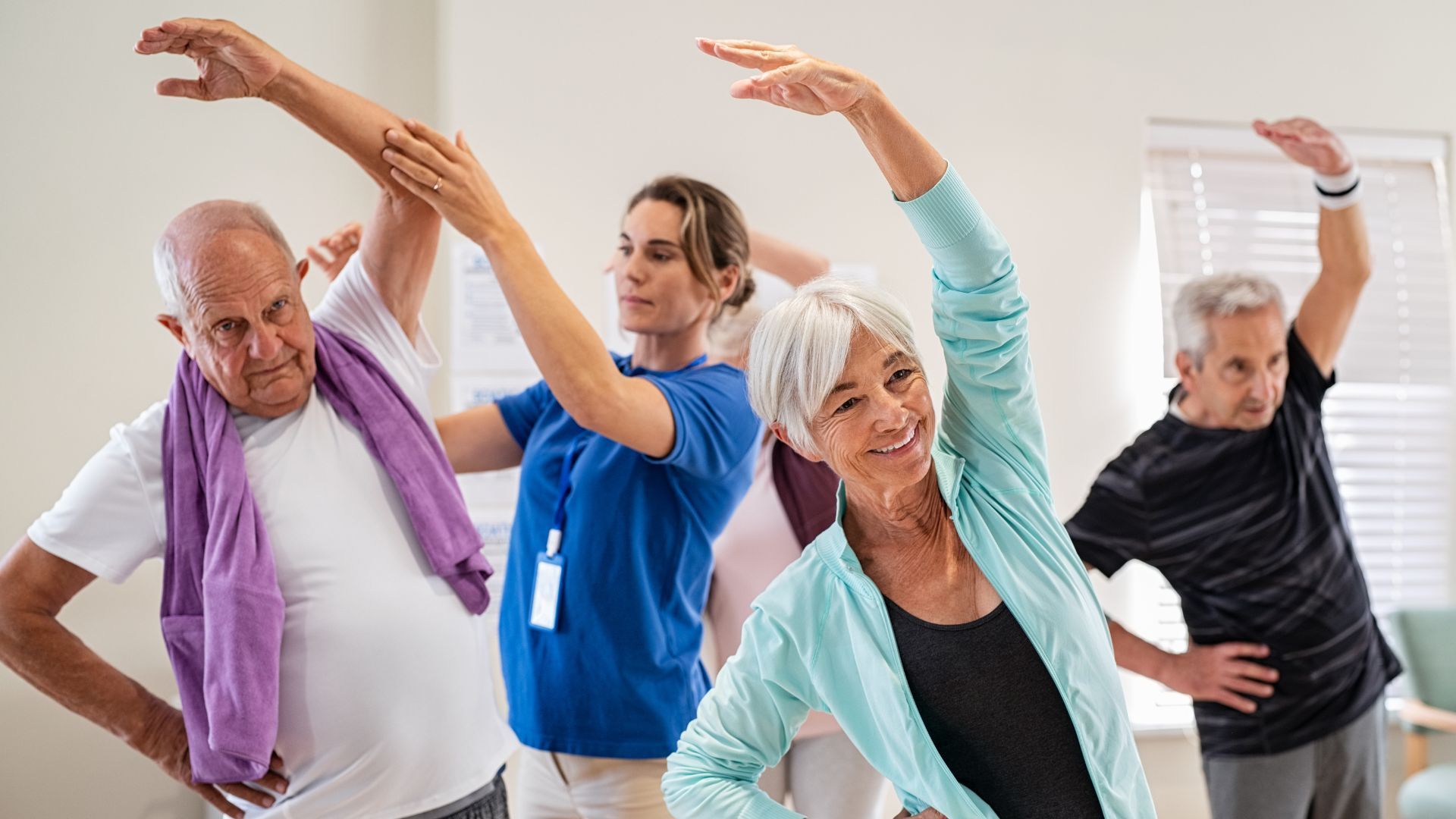
Safety is a top priority in these programs. Certified instructors monitor vital signs like heart rate and blood pressure and adjust workouts as needed. Facilities employ fall prevention measures, use adaptive equipment, and maintain a clutter-free, well-lit exercise area. Regular equipment checks and professional oversight further ensure that sessions are safe and effective.
What Qualifications Do Certified Fitness Instructors Have?
Instructors in assisted living typically have specialized training in geriatric fitness, along with certifications in first aid and CPR. Many hold degrees in exercise science or related fields, ensuring they understand common conditions such as arthritis and dementia. Their ongoing professional development keeps them updated on the latest techniques and safety protocols, providing residents with confident and knowledgeable guidance.
How Are Fitness Programs Modified for Medical Conditions?
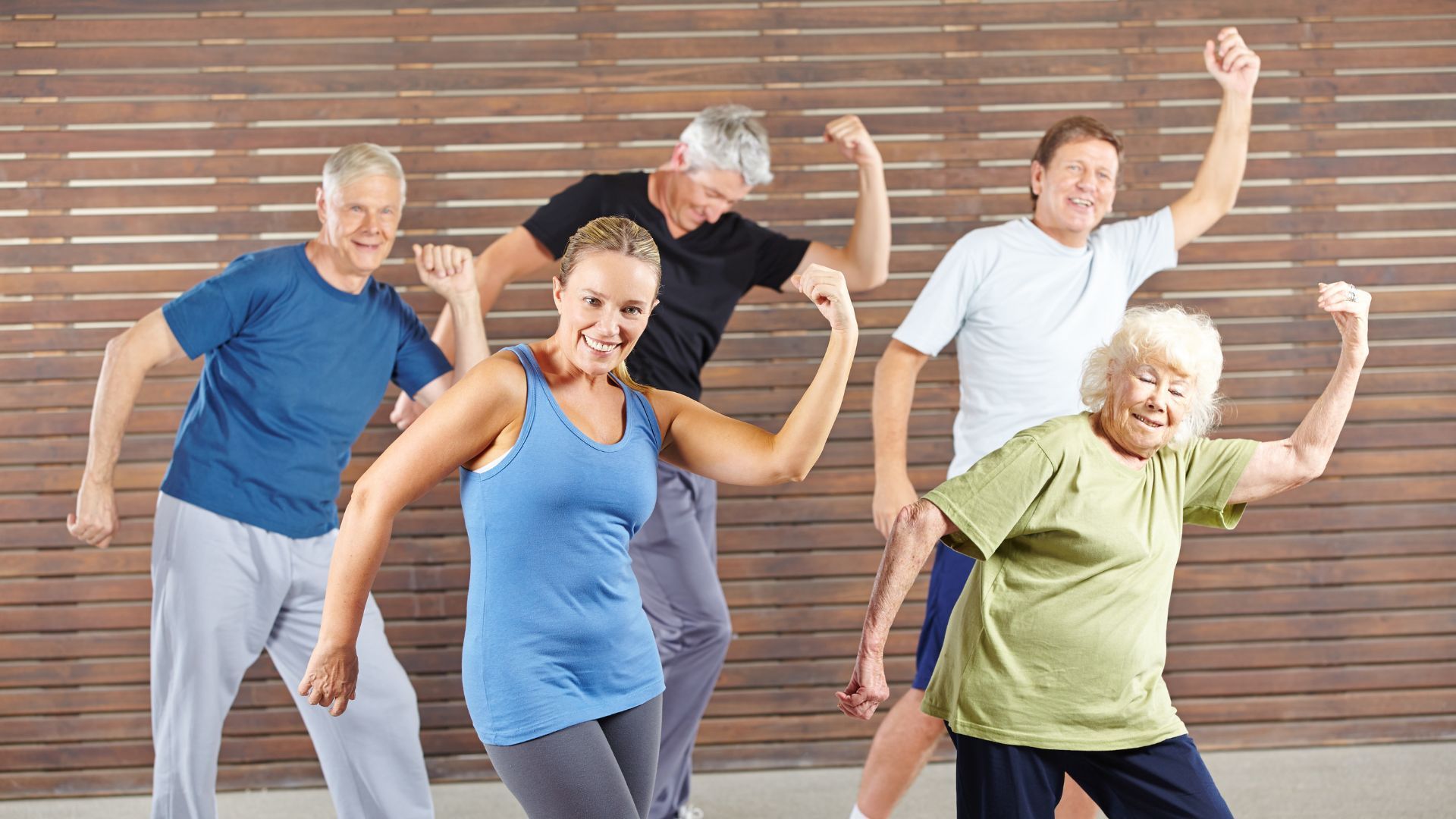
Before starting, every resident undergoes a detailed physical and medical evaluation. This assessment identifies individual limitations and helps instructors tailor exercises for conditions like hypertension, diabetes, or arthritis. Modifications may include lighter weights, shorter session durations, or alternative exercises that minimize joint strain, ensuring each session is both safe and beneficial.
What Fall Prevention Measures Are Included in Exercise Sessions?
Fall prevention is integrated into every session. Instructors teach proper technique and controlled movements, and the exercise areas are designed with non-slip flooring, handrails, and ample lighting. Regular balance assessments allow for early intervention if any issues arise, ensuring that exercises contribute to overall stability and safety.
How Can Seniors Choose the Right Fitness Program in Assisted Living?
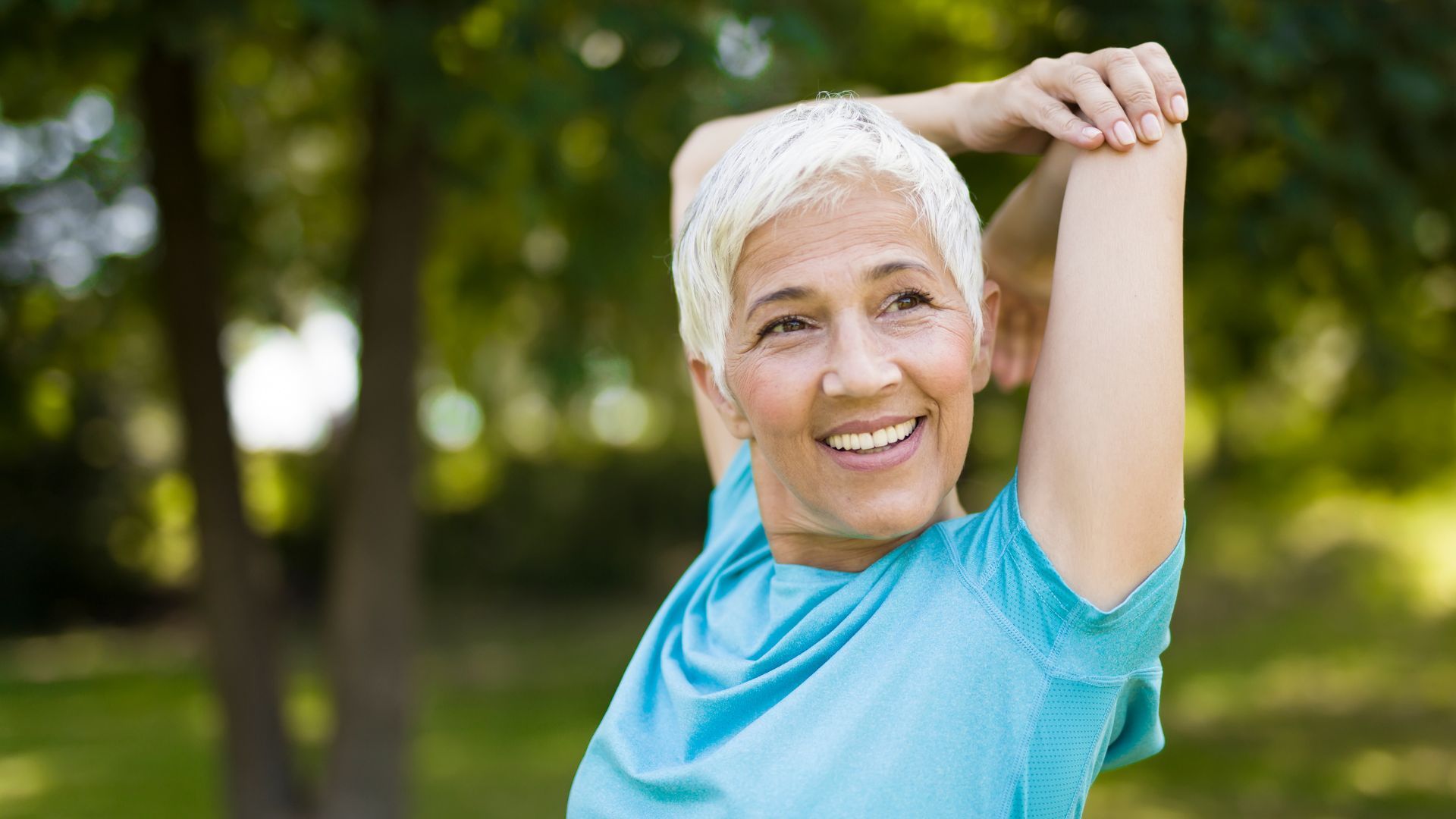
Choosing a program involves a thorough evaluation of personal needs, health conditions, and fitness goals. Facilities guide residents through trial sessions and provide initial assessments to ensure a good fit. Flexible scheduling and varied intensities further help seniors find programs that align with their comfort levels, ensuring long-term commitment and effectiveness.
What Assessments Are Used to Match Seniors With Suitable Programs?
Fitness assessments include physical exams, balance tests, and reviews of medical history. These evaluations help determine each resident’s fitness level and identify any limitations. Regular reassessments ensure that the program continues to meet evolving health needs and challenges, leading to optimal long-term benefits.
How Do Individual Needs and Preferences Influence Program Choice?
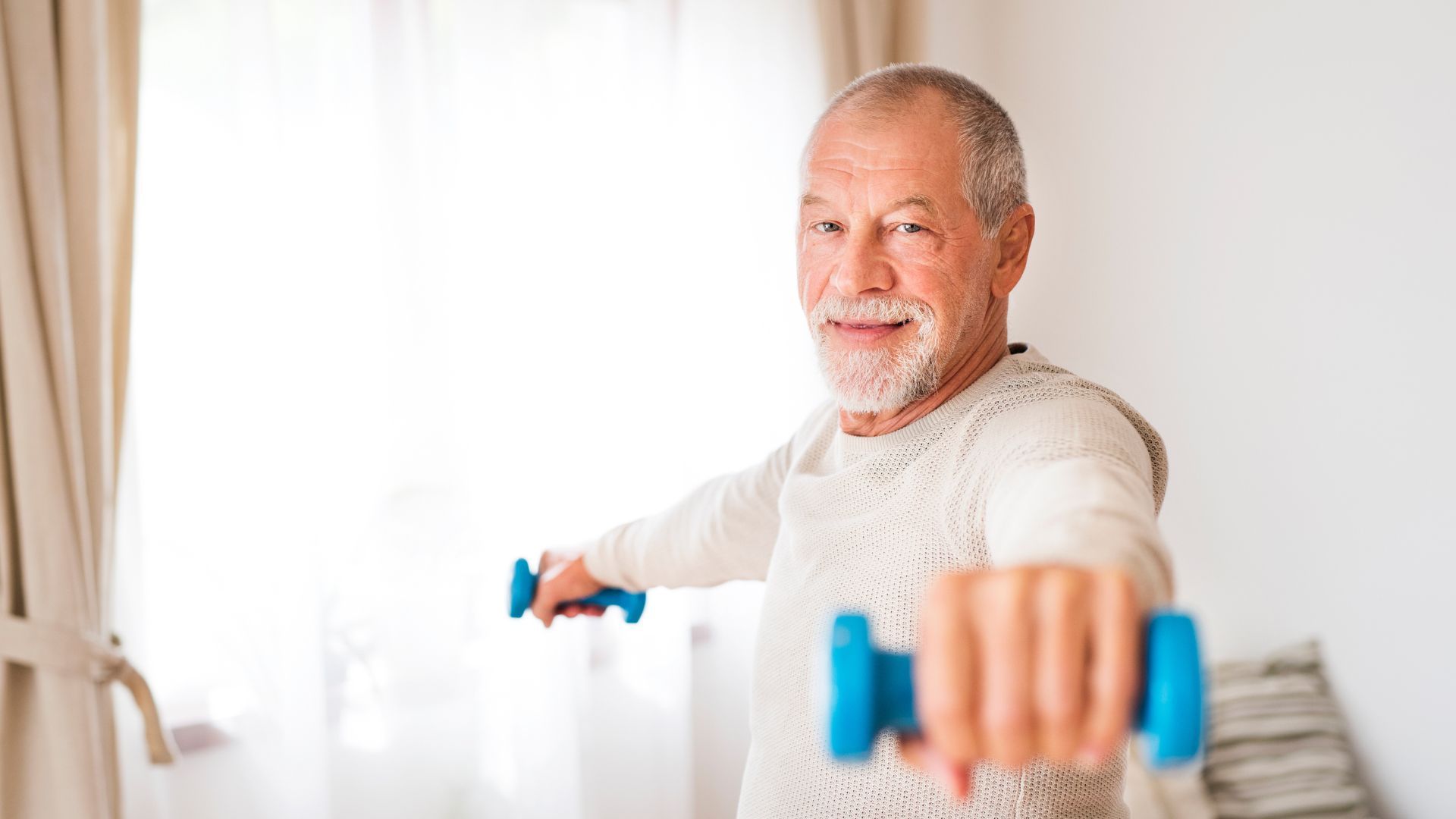
Personal interests, previous activity levels, and specific health goals play a significant role in program selection. Some may prefer low-impact activities like chair yoga or tai chi, while others might opt for water aerobics for cardiovascular benefits. Tailoring programs to individual preferences increases adherence and satisfaction, ultimately maximizing health outcomes.
How Is Program Effectiveness Evaluated Over Time?
Program effectiveness is measured through regular feedback and performance assessments. Instructors monitor progress using vital signs, mobility tests, and resident feedback on energy and mood. Digital tracking tools may also be used. These evaluations ensure that programs remain effective and are adjusted as needed to continuously support resident health.
What Equipment and Resources Support Fitness Programs in Assisted Living?

A variety of adaptive equipment is used in these programs, including resistance bands, balance balls, lightweight dumbbells, and specially designed treadmills. Adjustable chairs and stability aids support exercises like chair yoga and strength training. Regular maintenance ensures that all equipment is safe and functional, enhancing the overall effectiveness of the fitness sessions.
What Types of Adaptive Exercise Equipment Are Commonly Used?
Equipment like resistance bands and stability balls is essential for creating versatile and low-impact workouts. Modified ellipticals and recumbent bikes provide cardiovascular support while minimizing joint stress. Each piece of equipment is chosen based on its ability to be adjusted for individual needs, ensuring that exercises remain both accessible and challenging.
How Do Exercise Aids Like Resistance Bands and Balls Enhance Workouts?
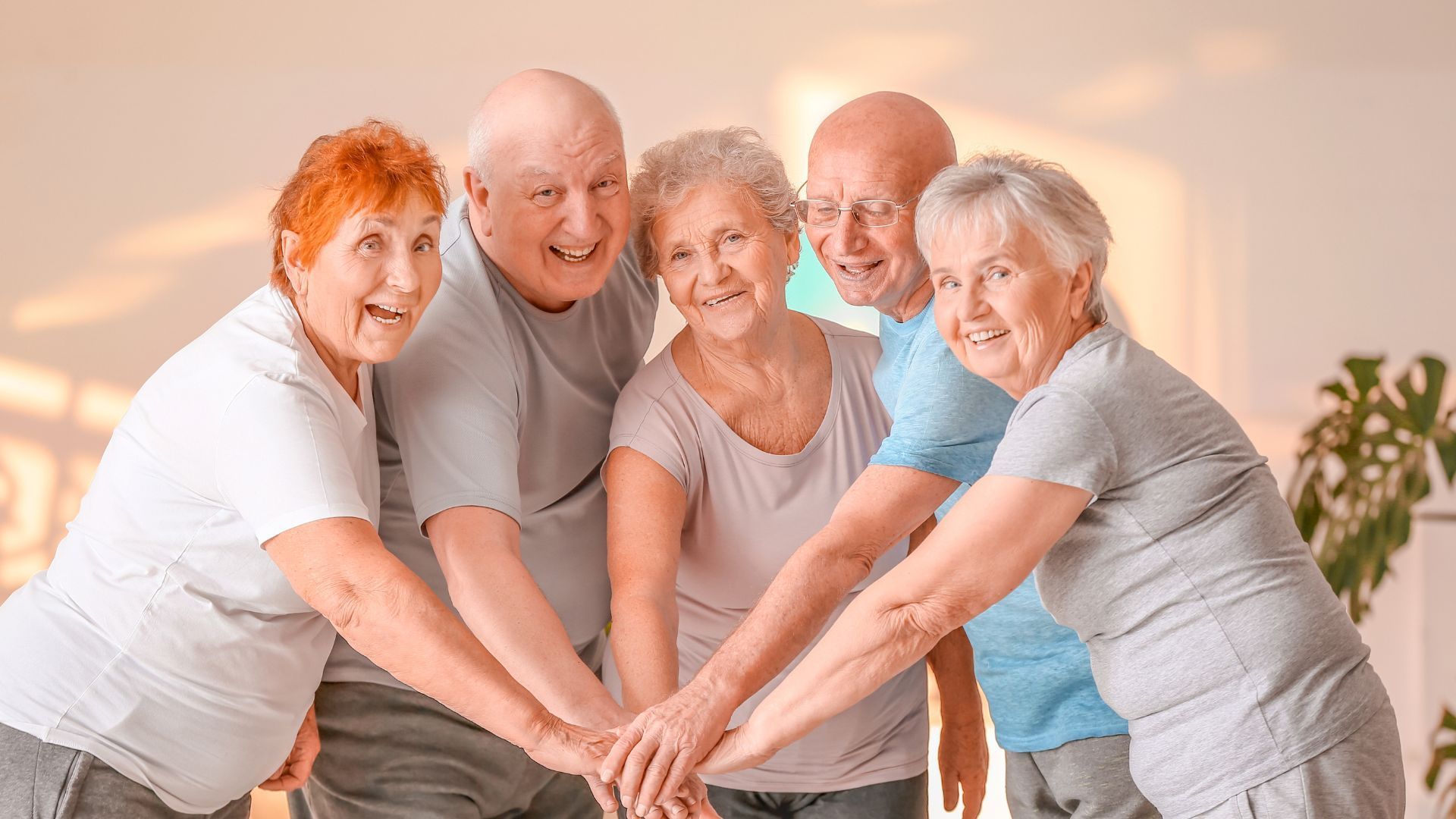
Resistance bands offer adjustable tension to build muscle strength without stressing the joints. Exercise balls boost core stability and balance by requiring active engagement during movements. Together, they help improve overall functional fitness, making everyday tasks easier and reducing fall risk.
How Is Equipment Safety Maintained During Fitness Activities?
Regular equipment inspections and prompt repairs ensure safety during exercise sessions. Instructors demonstrate proper usage techniques and maintain a clean, organized space by sanitizing equipment routinely. This proactive approach minimizes the risk of injury while maximizing the benefits of each workout.
How Do Fitness Programs Address Specific Medical Conditions in Seniors?
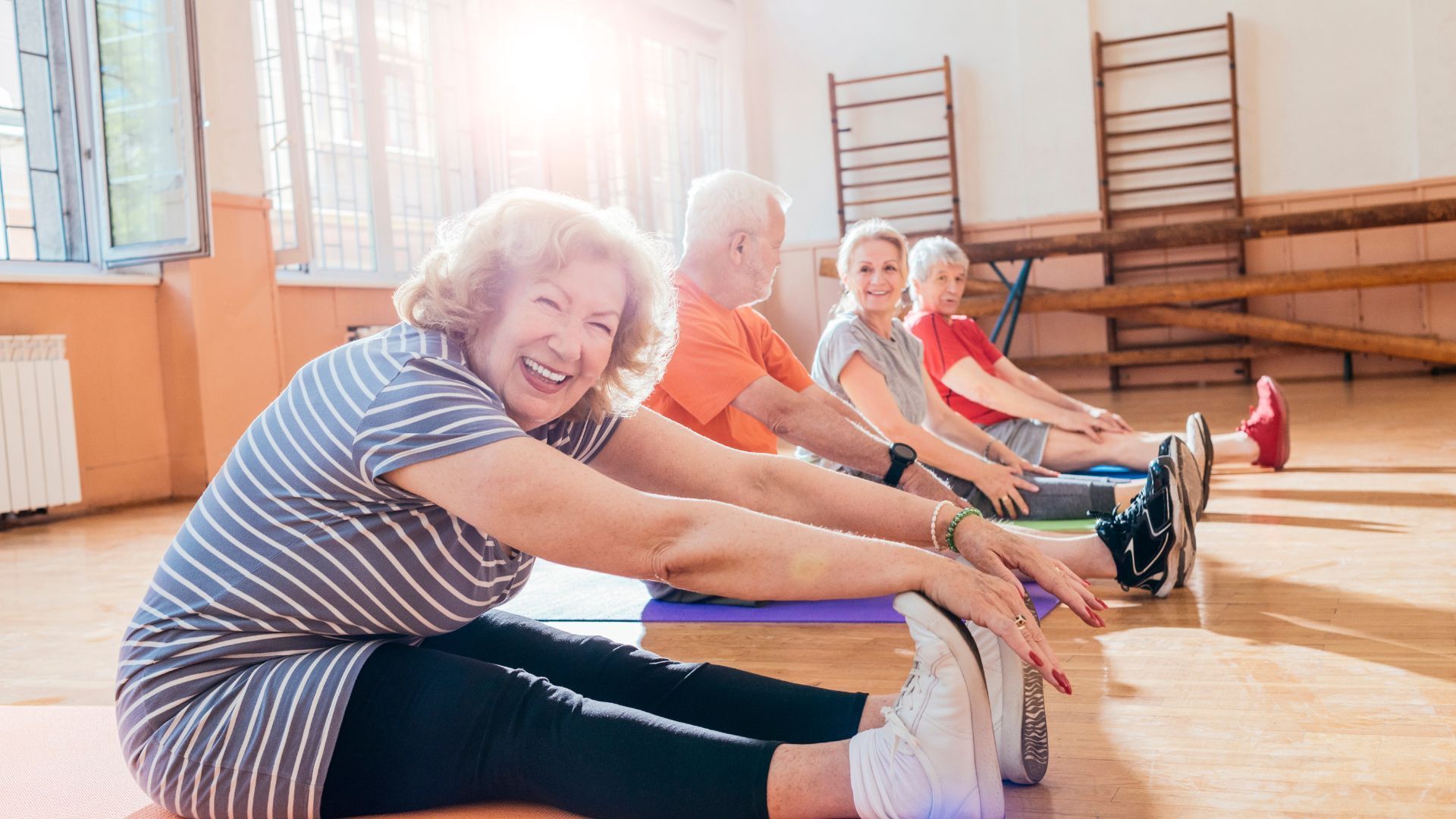
Programs are tailored to manage conditions like arthritis, osteoporosis, and dementia by adjusting exercise intensity and duration. For instance, gentle stretching and low-impact strength training help reduce joint stiffness, while weight-bearing exercises improve bone density. These modifications ensure safe participation and promote overall health improvements.
What Exercise Guidelines Are Recommended for Arthritis Patients?
Arthritis patients benefit from low-impact exercises such as chair yoga and water aerobics, which minimize joint strain. Exercises are performed at a moderate pace with warm-up and cool-down periods to avoid sudden stress on the joints, thereby reducing pain levels and enhancing mobility.
How Can Osteoporosis Patients Safely Participate in Fitness Programs?
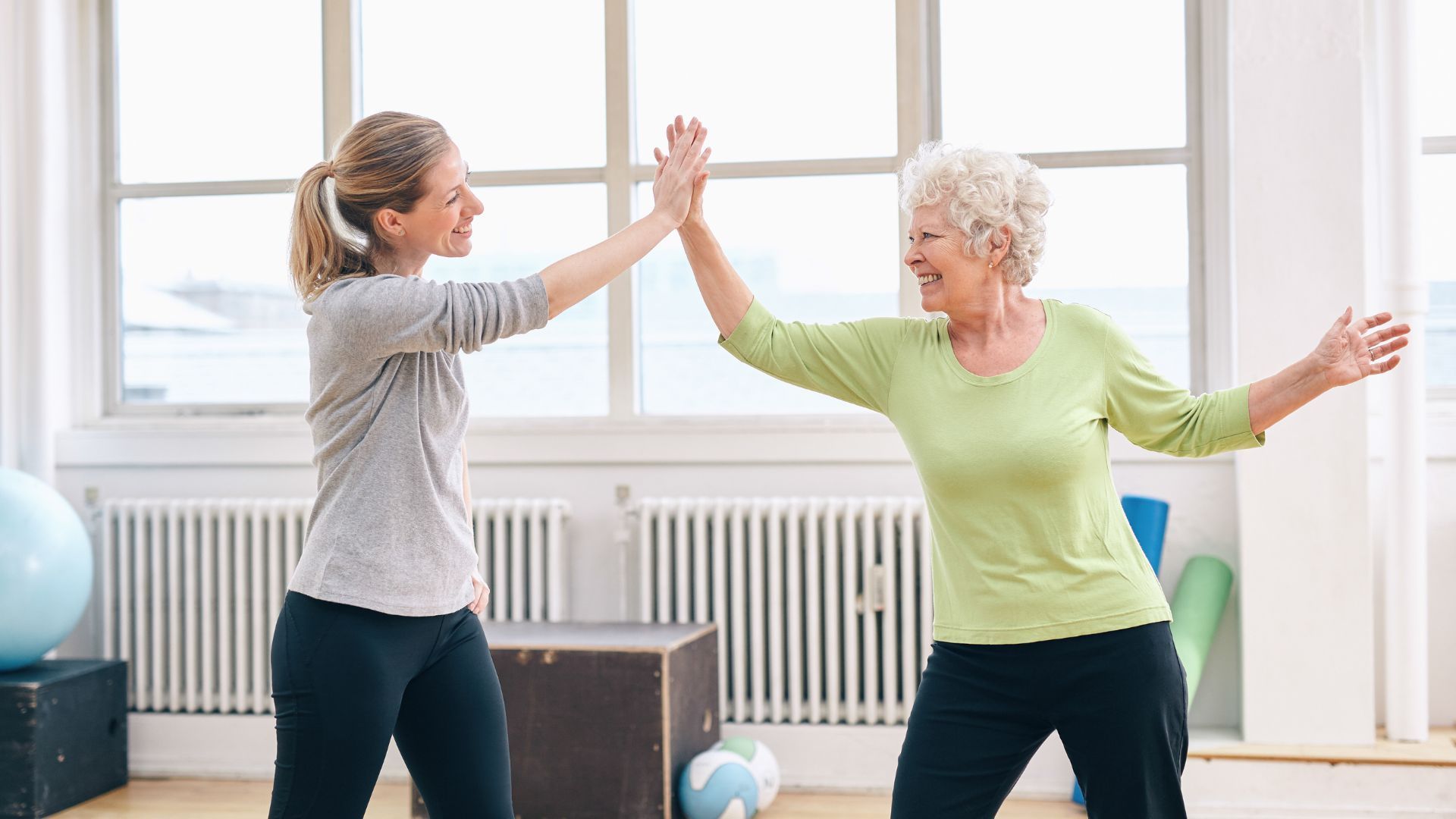
For osteoporosis, low-impact weight-bearing exercises such as walking and gentle strength training are recommended to stimulate bone remodeling without excessive stress. Modifications are made to avoid high-impact movements, ensuring that sessions are both safe and effective in improving bone health.
What Are the Benefits and Safety Tips for Exercising With Dementia?
Exercise can improve mood, sleep quality, and cognitive function for those with dementia. Programs often incorporate simple, repetitive movements with clear instructions and visual cues. A familiar instructor and a consistent routine create a safe, supportive environment that enhances both mental and physical well-being.
How Can Seniors Get Started With Fitness Programs in Assisted Living?
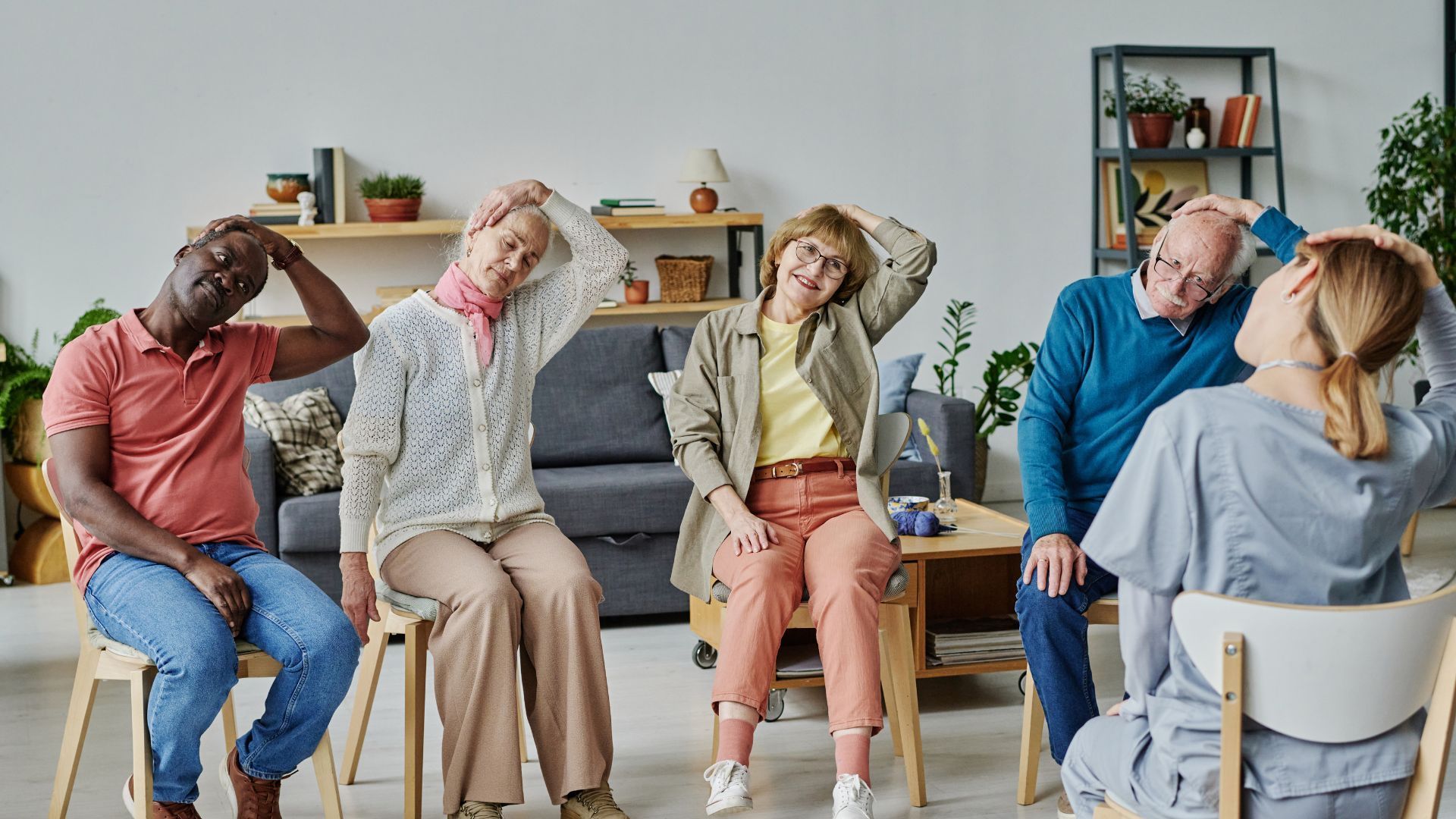
Getting started involves an initial physical and medical assessment to ensure the program is a good fit. Seniors are guided through an enrollment process that includes trial sessions and one-on-one consultations with fitness instructors. Orientation sessions explain the structure and safety measures of the workouts, helping residents feel comfortable and confident as they begin.
What Does the Initial Physical and Medical Assessment Involve?
This assessment reviews a senior’s medical history, current medications, mobility levels, and cardiovascular health. The evaluation sets a baseline for customizing the fitness program, with periodic reassessments ensuring that adjustments are made as health needs evolve.
How Do Seniors Enroll and What Are the Program Schedules?
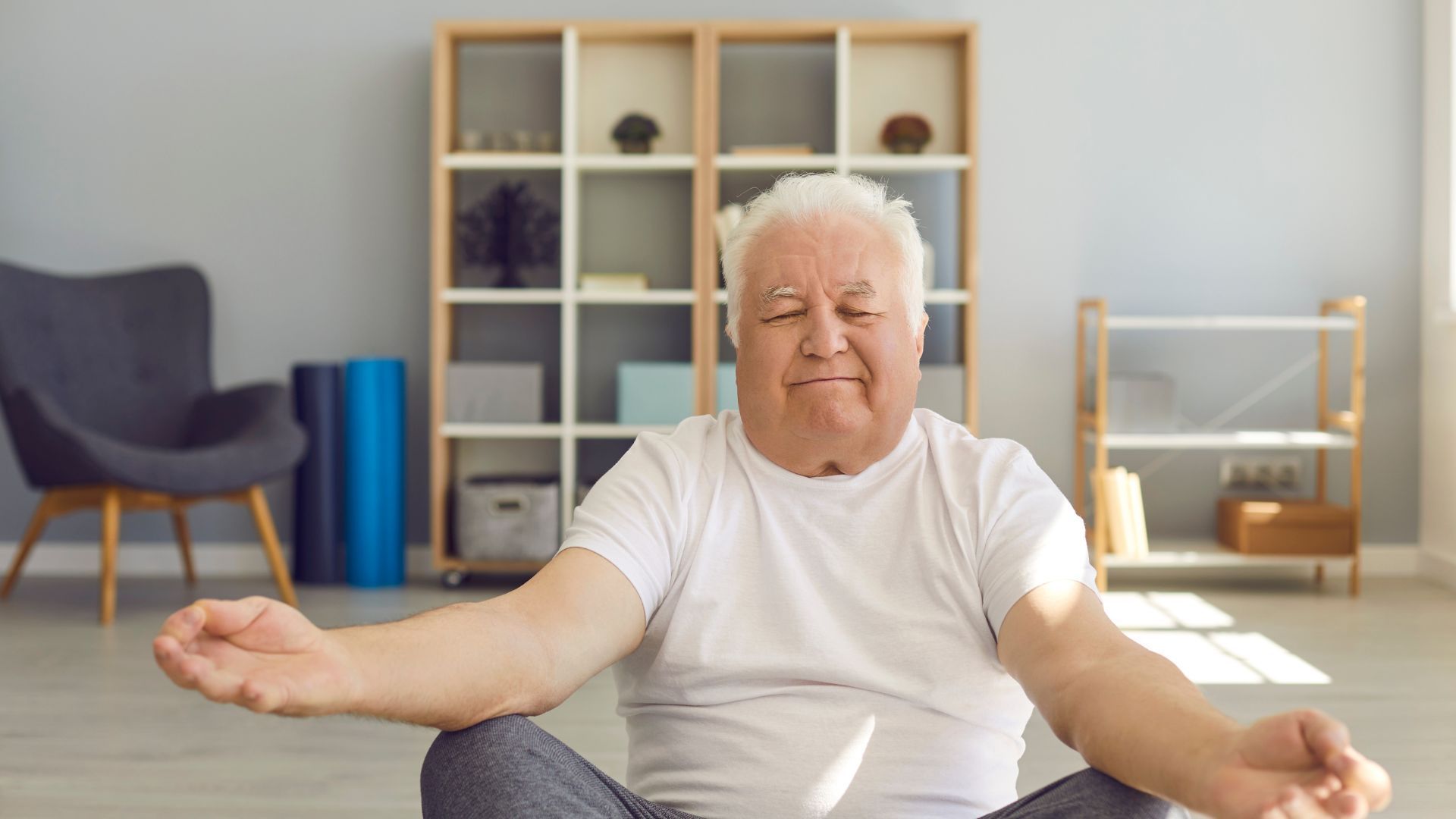
Enrollment is straightforward. Seniors or caregivers fill out a questionnaire and consent forms. Class schedules offer multiple session times throughout the day to accommodate different energy levels, ensuring that each resident can choose a time that fits their routine.
What Should Seniors Expect During Their First Fitness Sessions?
In initial sessions, seniors can expect a warm-up followed by guided exercises with clear instructions and modifications. The environment is inclusive and supportive, allowing residents to work at their own pace while building familiarity with the equipment and routines.
Table: Comparison of Key Assisted Living Fitness Program Benefits
Before moving on, here is a summary of key program benefits:
| Program Type | Key Benefit | Example Exercise | Safety Feature |
|---|---|---|---|
| Chair Yoga | Increases flexibility | Seated stretches, mindful breathing | Adaptive seating, slow-paced movements |
| Strength Training | Enhances muscle mass | Resistance band exercises | Modified resistance and supervised sessions |
| Water Aerobics | Reduces joint stress | Swimming laps, water calisthenics | Buoyant environment, non-slip surfaces |
Frequently Asked Questions
Q: How often should seniors participate in fitness programs?
A: At least three times per week to maintain and improve overall physical function.
Q: Are fitness programs in assisted living tailored for individual needs?
A: Yes, programs are personalized with assessments and modifications for different health conditions and mobility levels.
Q: What safety measures are in place during these sessions?
A: Facilities use equipment checks, fall prevention strategies, and professional supervision to ensure a secure workout environment.
Q: Can seniors with chronic conditions benefit from these programs?
A: Absolutely; tailored sessions help manage conditions like arthritis, osteoporosis, and dementia while improving fitness.
Q: How do fitness programs contribute to social engagement?
A: Group sessions encourage interaction among residents, reducing isolation and building supportive communities.
Final Thoughts
Fitness programs in assisted living significantly enhance mobility, cognitive function, and quality of life. With offerings from chair yoga to water aerobics and strength training, residents receive personalized, safe, and effective exercise options. Comprehensive assessments, adaptive equipment, and professional oversight ensure these programs address physical and mental health needs, making them a cornerstone of active and independent living in senior communities.
